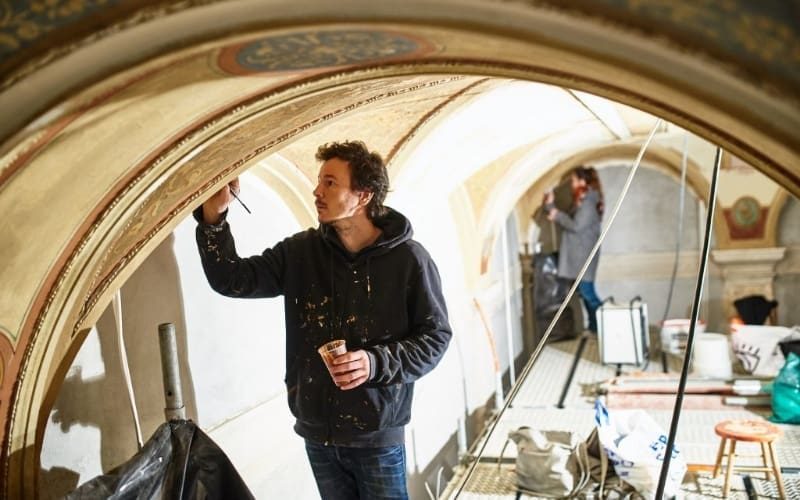
The rebirth of the wall paintings of BOTANIQ Castle of Tura
The wall paintings of BOTANIQ Castle of Tura were painted by Róbert Scholtz, who also made the decorative painting of the Opera House. The art restoration team worked on the restoration of the paintings for 4-5 months. The team has also contributed to the restoration of the wall paintings to be found in the Opera House, the Lotz Hall of the Paris Department Store, the Vigadó of Buda, the prince’s suite of the Castle of Fertőd and the Eger Archbishop’s Palace in the last few years. We talked with painter-art restorer Zsuzsa Herling, the leader of the team about the wall paintings of the Castle of Tura and the challenges of art restoration.
What can we know about the wall paintings of BOTANIQ Castle of Tura?
The wall paintings to be found in the castle were painted by Róbert Scholtz, who also made the decorative painting of the Opera House. The wall paintings and the decorative paintings were made in Neo-Renaissance style, based on the paintings to be found in the castle of Alfred Rotschild in Buckinghamshire. The construction of BOTANIQ Castle of Tura started in 1883, and it lasted for 3 years. This is when the wall paintings, made with secco technique, were also finished. It means that they were painted on a dry base. In contrast, frescos are painted on a wet base.
Where can we find the paintings in the building, and what motifs do they represent?
We can find a variety of motifs while wandering in the castle. There is decorative painting imitating rosette motif to be seen on the arches of the foyer and on the ceiling of the entrance hall on the ground floor. On the first floor, there is, among others, decorative painting representing figures and masks in an environment decorated with plant ornamentation on the arches of the foyer and the roof-top part of the entrance hall. Decorative painting was made with pattern technique on the ceiling of the ballroom on the ground floor, and, a wall painting can also be discovered in the palm house, where, among others, the motifs include the figure of a horse, as well.

What is the process of art restoration like?
The aim is to achieve that the wall paintings will be reborn in a state closest to the original. For this purpose, the first step is the photo documentation, during which we capture the surfaces that remained as well as the original motifs on them. After this, we preserve the surfaces and fill the missing parts with lime filler so as to level the surfaces. We make a template from the original decorative painting with tracing, and, where there are missing or worn off parts, we draw the necessary supplements on the basis of the patterns taken and traced. Then, we paint the pattern in line with the original colouring. The restoration of wall paintings is a very meticulous work. In case of BOTANIQ Castle of Tura, it took 4-5 months to finish it.
What makes a restored wall painting authentic?
The right blend of colours and the use of the right pattern. In this regard, the greatest challenge was the repainting of the motifs that were worn off completely. Anyway, we use paint materials similar to the original paint. Originally, powder paint was used, and it was mixed with glue, which served as a binder. We use powder paint, watercolour and acryl colourant; however, we use Metylan instead of glue as a binder.
You seem to be a very harmonious team. Since when have you been working together?
Our team participating in the restoration works of BOTANIQ Castle of Tura consists of eight persons, and we have been working together for 16 years. Our members include painter-art restorers and painters. We have contributed to the restoration of the wall paintings to be found in the Opera House, the Lotz Hall of the Paris Department Store, the Vigadó of Buda, the prince’s suite of the Castle of Fertőd and the Eger Archbishop’s Palace in recent years. The restoration works of BOTANIQ Castle of Tura presented a serious professional challenge, and we are proud to have participated in this significant value saving project.



